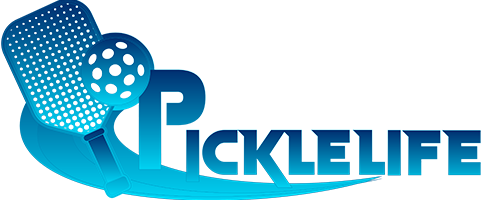Pickleball Serving Drills: Comprehensive guide for Beginners
As with any sport, mastering the foundational skills is crucial to achieving long-term success, and this is particularly true in pickleball. Among these fundamental skills, the serve stands out as a key element that can make or break a game. The serve is not just a means to start the point; it is a powerful tool that can give you an advantage, set the tone for rallies, and build confidence in your game.
For beginners eager to develop their skills, incorporating effective pickleball serving drills into your practice is essential. These drills not only help in perfecting your technique but also offer a structured approach to improving accuracy, power, and consistency. The following sections will explore the significance of the serve, provide insights into proper serving techniques, and offer a range of drills tailored to enhance your serving capabilities.
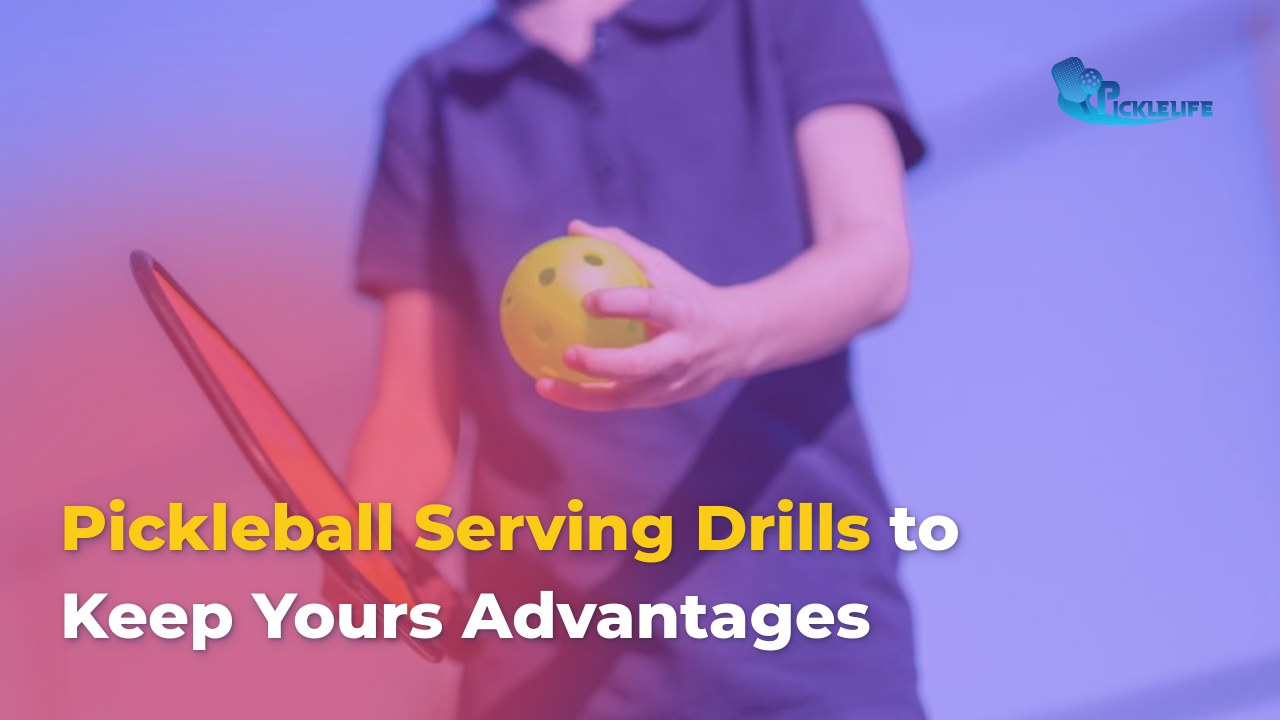
Why is the serve so important in pickleball?
The importance of the serve in pickleball extends far beyond simply beginning a rally. In fact, it can be likened to a stage for a performance, setting the tone for what follows. The serve is the one shot in the game where you have complete control, allowing you to dictate the dynamics of the point before it even begins.
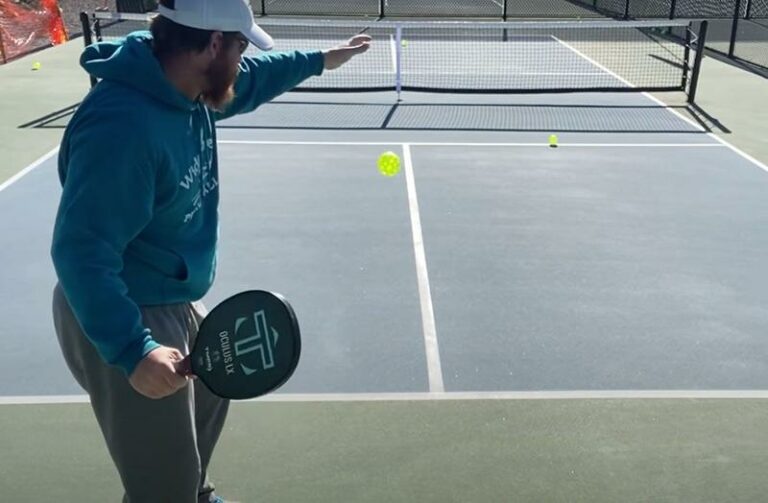
Control the point
When you serve, you gain an unparalleled opportunity to manipulate the game’s tempo. Just as a conductor guides an orchestra, the server leads the players into the rhythm of the match. An effectively executed serve can position you favorably, allowing you to play to your strengths and capitalize on your opponent’s weaknesses. Observing their response can reveal a lot about potential strategies.
Score easy points
A strong serve can result in weaker returns from your opponent, ultimately leading to easy points. Successful serves can catch your opponent off guard, forcing them into a defensive position or even leading to unforced errors. In competitive play, these seemingly simple moments can often translate into crucial points for your team.
Build confidence
Then there’s the psychological aspect. A consistent and powerful serve can greatly boost a beginner’s confidence while concurrently reducing anxiety. When players know they can deliver serves with precision and control, they can focus on other aspects of the game, knowing they already have one reliable weapon in their arsenal. This positivity becomes a driving force for improvement.
Step-by-step guide to proper serve technique
The initial hurdle in mastering the serve revolves around grasping the pickleball serve technique itself. From your stance to the grip and swing path, each element plays a vital role in enhancing your performance. Let’s break down these components to build a strong foundation for serving.
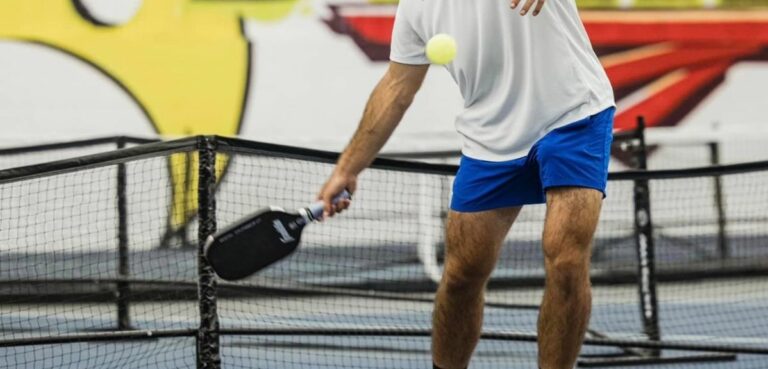
Find your stance
A proper stance is paramount for effective serving. Ideally, a closed stance should be used, where your front toe points towards the net post. This positioning allows for optimal rotation and power transfer while preparing to strike the ball. It’s akin to setting your premise before launching into a great story without a solid foundation, the narrative risks faltering.
Grip it right
The next step involves mastering your grip. Many players find the continental grip to be the most effective for serving. This grip allows for versatility during play, enabling you to execute various serve types, including topspin and slice. Finding the right grip is similar to selecting the perfect tool for a craftsman. With the right tool, the creation process becomes smoother, more efficient, and effective.
Master the swing path
The swing path is perhaps one of the most critical aspects of delivering a strong serve. Most effective serves employ an “outwards and upwards” motion think of a windshield wiper moving across your car’s glass. This analogy can simplify the understanding of the necessary motion. Maintaining a proper swing path not only guarantees a clean hit but also enhances the overall energy transferred to the ball.
Contact point is key
Of equal significance is the contact point. To execute a legal serve, ensure you make contact with the ball below your waist and below the wrist. This rule ensures that the serve remains valid within the framework of the game.
Follow through for power
Finally, focus on your follow-through. Stepping into the court with your dominant leg as you swing can add momentum and power to your serve, ultimately making it more effective. Think of your swing as a pendulum; the complete swing uses gravity and momentum to generate maximum force.
Serving within the rules
Like any sport, pickleball has its array of rules, especially concerning the serve, and understanding these regulations is crucial for beginners. It is essential for players to familiarize themselves with the pickleball serve rules, preventing potential faults and ensuring they remain competitive.
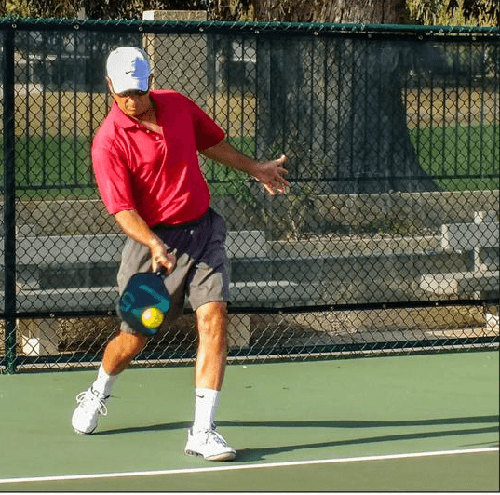
Underhand and under control
An important rule to note is the necessity of an underhand serve. As you prepare for the serve, ensure you drop the ball rather than toss it, which maintains control while serving. Dropping the ball allows for a fluid motion that can lead to a more accurate and effective serve.
Avoid foot faults
Foot faults are common among beginners. A typical mistake occurs when players step into the court before making contact with the ball. Such infractions can nullify a well-executed serve, so always be mindful of your positioning.
One serve, no second chances
In pickleball, the rule of “one serve, no second chances” reigns strong. This principle underscores the importance of focus and precision. Unlike other sports where a second attempt might be permissible, beginners must cultivate confidence to ensure that their initial serve is a successful one.
Pickleball serving drills: Developing a consistent serve
Now that we have outlined the essential techniques and rules, it’s time to dive into practical applications. Consistency is the cornerstone of a successful serving game, and targeted drills can facilitate this objective.
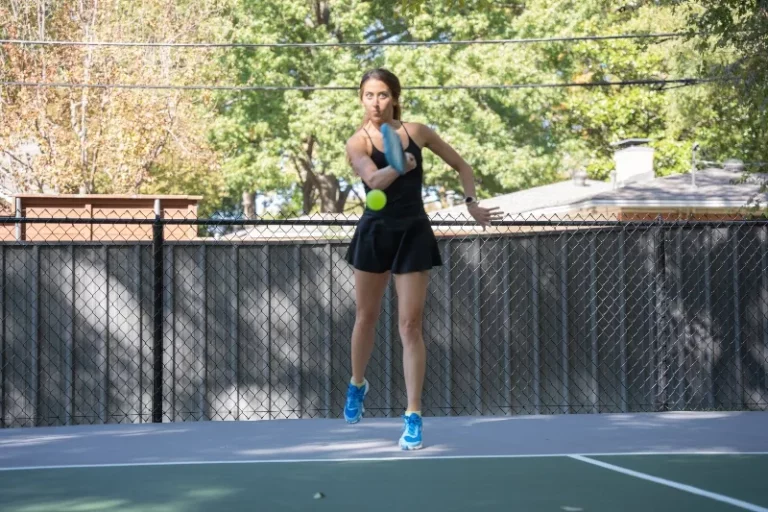
Partner up for repetition
One effective method involves pairing up with a partner for serving drills. Serving to a partner allows you to build rhythm and muscle memory, creating a natural progression as you repeat your serves. This method can be compared to a dance, where each partner’s movements complement one another, ensuring a fluid flow.
Wall drills for feedback
Using the wall for drills is invaluable for beginners. Hitting against the wall provides immediate feedback on your serve’s trajectory. If the ball bounces high, you can adjust your technique accordingly. It’s similar to having a mirror; you can continuously observe and refine your performance in real time.
Target practice
Another effective practice is the “four corners” drill. By placing cones in each corner of the service box, you can work on improving placement and control. This drill not only fosters accuracy but also infuses an element of competition, pushing you to aspire for greater precision with each serve.
Drills for serving deep
Deep serving is a vital skill in pickleball, as it can significantly disrupt your opponent’s return game. Understanding how to develop this aspect of your serve can enhance your overall competitive play.
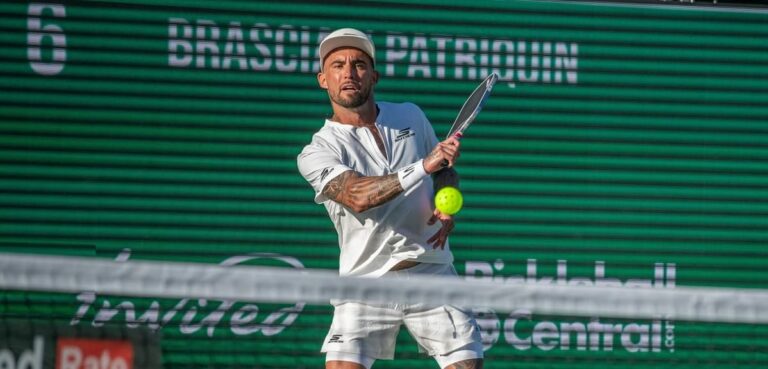
The power of depth
Deep serves can complicate returns for your opponent, effectively taking away their ability to comfortably set up their next shot. By positioning serves towards the back of the court, you can throw your opponent off balance, akin to a skilled magician misdirecting a spectator’s attention.
Cone targets for depth
To practice hitting deep serves, utilize cones placed near the baseline. This practice tool will guide your aim and precision, helping you hone in on depth while still maintaining form and control. Adjusting your baseline targets can further improve your targeting strategy.
Focus on follow-through
As mentioned before, a complete follow-through is imperative for achieving depth in your serve. This aspect reinforces the idea that every component of your swing must work in unison, akin to the gears of a well-oiled machine.
Drills for accuracy and placement
Achieving accuracy in pickleball serving is critical for any aspiring player. Learning how to effectively place your serves can create significant advantages in competitive scenarios.
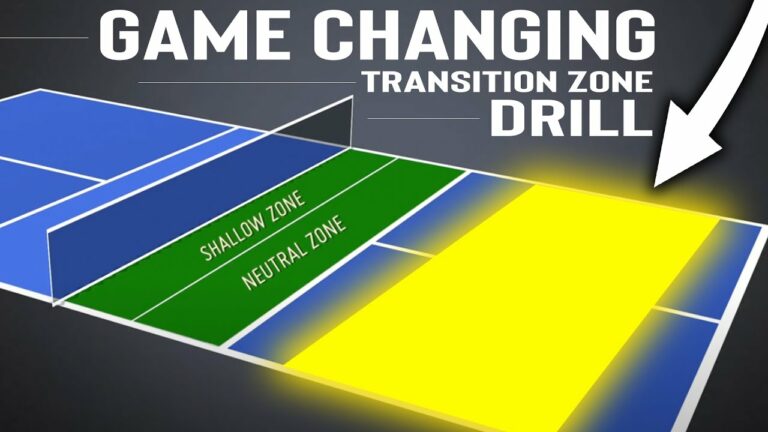
Target zones
Focusing on specific zones in the service area can elevate your game. Understanding the importance of serving into designated areas of the service box allows you to craft your strategy and maintain control throughout each point.
The cone challenge
Using smaller targets like soda cans or cups can add an exciting twist to your accuracy drills. By aiming for these smaller targets, you can refine your serving precision significantly, training your eye to focus on narrower areas.
Serving to weaknesses
Observe your opponent’s weaknesses carefully. The ability to serve towards their weaker side can open opportunities, allowing you to control the game and force them into making errors.
Introduction to spin serves
Adding spin to your serves can introduce an unpredictable element that keeps your opponent guessing. Understanding how to incorporate spin into your game can enhance your effectiveness on the court.
Spin basics
There are two primary types of spins to explore: topspin and sidespin. Each has distinct implications on gameplay. Topspin makes the ball dip quickly, while sidespin can create angles that catch opponents off guard.
Topspin for beginners
For beginners, mastering a simple technique is critical. Brushing up the back of the ball as you make contact can create topspin, altering the ball’s trajectory. This technique offers beginners a straightforward way to integrate spin into their serves.
Experiment and observe
Experimentation is key. Encourage yourself to play with different spins and observe how the ball behaves in various situations. As with all skill development, continuous observation and adjustment can yield substantial improvements over time.
Adding variety to your serve
In pickleball, variety can be the spice that sustains your competitive edge. Recognizing the benefits of mixing up your serving strategy can serve as a catalyst for improved performance.
Keep them guessing
Diverse serving strategies keep your opponents off balance. When they remain uncertain about what to expect, they are less likely to prepare effectively for each shot. Incorporate different types of serves to maintain the upper hand psychologically.
The lob serve
The lob serve can be particularly effective in specific situations. Executing a well-timed lob serve can push your opponent back, giving you an edge during the rally. Understanding when to use this serve can make significant differences in your overall game strategy.
The soft serve
Alongside the lob serve, consider the soft serve as a valuable change-of-pace option. This serve requires precision and control, challenging your opponents to adapt to various speeds and placements.
Practicing with pressure: game-like drills
Creating game-like scenarios during practice can prepare you for the intensity of competitive play. Practicing under pressure is vital for developing not just skills but also mental resilience.
Simulate match conditions
Simulating match conditions during practice can provide invaluable experience. Engaging in drills that mimic real game scenarios under pressure allows you to develop your responses in high-stress situations.
The penalty drill
Mark Rennesson’s penalty drill adds an element of accountability to serving practice. Applying consequences for missed serves, such as performing pushups, instills a sense of seriousness and commitment to improving one’s skills.
Focus on breathing
Lastly, incorporating relaxation techniques, like deep breathing, can help manage nerves during practice and matches. Maintaining calm and focused helps enhance performance, enabling you to channel energy positively.
Continue your serve journey
As you embark on your journey towards mastering the pickleball serve, remember that consistent practice and dedication are key.
Seek expert guidance
Seeking guidance from pickleball coaches or instructors can offer tailored feedback that fosters improvement. Their experience can provide you with valuable insights tailored to your game style, enhancing your overall performance.
Utilize online resources
There are numerous online resources available, such as YouTube channels like Selkirk TV and Pickleball Playbook, that provide instructional content and drills to facilitate your development.
Set smart goals
Setting specific, measurable, achievable, relevant, and time-bound goals is a critical strategy that can guide your improvement journey. By defining your objectives clearly, you can stay focused and motivated, making substantial strides in your serving skills.
Ultimately, the world of pickleball is rich with opportunities to grow and excel. By incorporating these drills and techniques into your practice routine, you will forge ahead on your path to becoming a confident and competent player.
